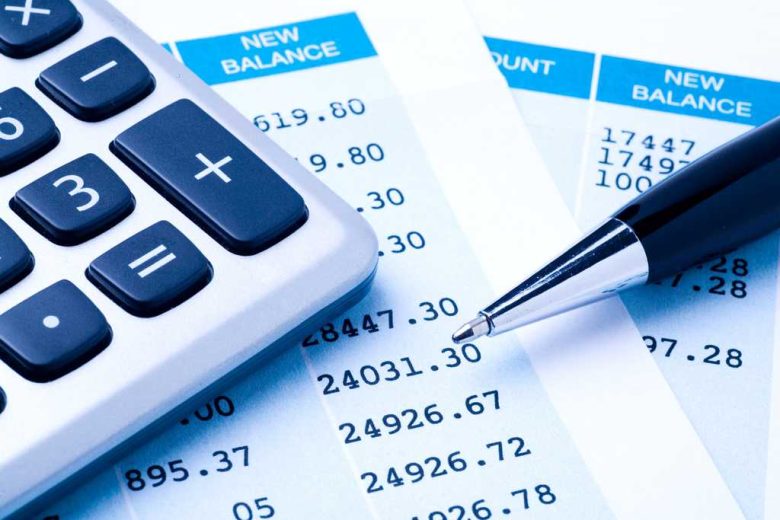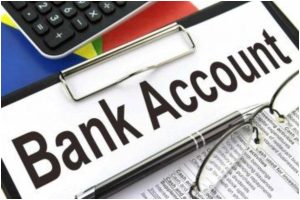Bank statements are one of the most important documents every account holder receives, yet many people overlook them or find them difficult to read. Being able to read a bank statement is a crucial financial skill that helps you keep track of your finances, avoid errors, and control your spending. Anyone can understand and use a statement to better manage their finances by breaking it down into simple sections.
Purpose of a Bank Statement
A bank statement primarily summarizes all the money in your account for a specific period (usually a month). It records deposits, withdrawals, transfers, charges, and accrued interest. It also shows your balance at the beginning and end of the month. By regularly reviewing your statement, you gain insight into your income, expenses, and any errors or unusual activity.
Reading a Bank Statement
You’ll usually find a bank statement at the top of your statement. This section contains important information, such as your account number, account type, statement period, and the opening and closing balances. The statement provides a quick overview of your account’s financial status. Even if you don’t have time to review every transaction immediately, the statement gives you a clear picture of how your money has moved throughout the statement period.
Deposits and Credits Explained
The list of deposits and credits is one of the most important parts of your bank statement. Deposits refer to money deposited into your account, including your paycheck, refunds, transfers from one account to another, or cash deposits. If you pay interest on your account, credits may also include fees. This part of your statement is vital because it shows that your income was deposited correctly and that your employer or other funding source made no mistakes.
Withdrawals and Debits Explained
Your bank statement shows both deposits and withdrawals. These amounts are debited from your account to pay for things like bills, purchases, subscriptions, and bank fees. Statements typically include the date, amount, and transaction summary. By carefully reading this section, you’ll get a clear picture of where your money is going. This helps you understand your spending habits and where you can save money.
Understanding Fees and Charges
Many people are alarmed when they see unexpected charges on their bank statements. Banks often charge fees for things like overdrafts, using ATMs outside their network, or updating account balances. Even small charges can add up over time and significantly reduce your balance. It’s crucial to identify these charges, understand why they’re being charged, and, if possible, avoid them by choosing a better account or adjusting your banking practices.
Keep Track of Your Spending
Bank statements are not only helpful for identifying errors but also very useful for budgeting. You can see how much you’re spending on essentials (such as groceries, transportation, and bills) and on non-essentials (such as dining out or entertainment). This information can help you understand your spending and make informed decisions, such as where to save money or create a better budget.
How to Use Online Bank Statements
Many people choose to receive their bank statements online instead of by mail. You get the same information as online statements, but they’re easier to use because you can access them anytime, anywhere via the bank’s website or mobile app. Online statements often include handy tools like search functions to quickly find specific transactions. They’re also more environmentally friendly and help minimize paper clutter.
Why It’s Important to Check Your Statements Regularly
Checking your bank statements isn’t just something you should do occasionally. Regularly reviewing your accounts ensures you’re always aware of their status and helps you avoid unexpected expenses. It also helps you remember automatic payments and subscriptions you might have forgotten. Checking your bank statements monthly gives you more insight into your finances and helps you feel more in control of your money.
Making Bank Statements Work for You
Your bank statement is more than just a record of your transactions; it helps you understand how your money is being spent. By understanding the meaning of items on your statement, locating expenses, identifying errors, and using it to track your spending, you can make better financial decisions. Don’t consider it a difficult document to read. Instead, consider it a financial map that shows where your money comes from, where it goes, and how you can prepare for the future.
Conclusion
Bank statements may seem difficult to read at first, but with practice, they become easier and extremely useful. They are essential for keeping track of your money, allowing you to track deposits, withdrawals, and expenses. By checking your statements regularly, you can spot errors, prevent fraud, and make smart financial choices. The better you understand your bank statements, the more you’ll feel in control of your money and finances.
FAQs
1. Why is it important to check your bank statements regularly?
It can help you keep track of your finances, understand your spending, and detect errors or fraudulent transactions before they cause serious problems.
2. Can I view my bank statements online?
Yes, most banks offer the option to view and download your statements online through their websites or mobile apps.
3. What should I do if I find an error on my bank statement?
Contact your bank immediately. They will investigate the issue and correct any errors or incorrect charges.
4. Do all bank statements show fees?
Not always. Some accounts don’t charge fees, but many do. Please review your statement to identify any applicable fees.
5. How long should I keep my bank statements?
Keep them for at least a year for your records, and longer if you need them for tax purposes.




